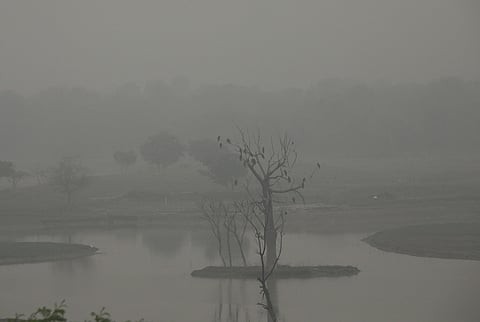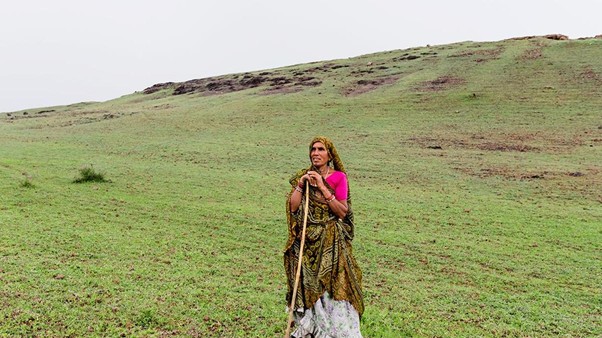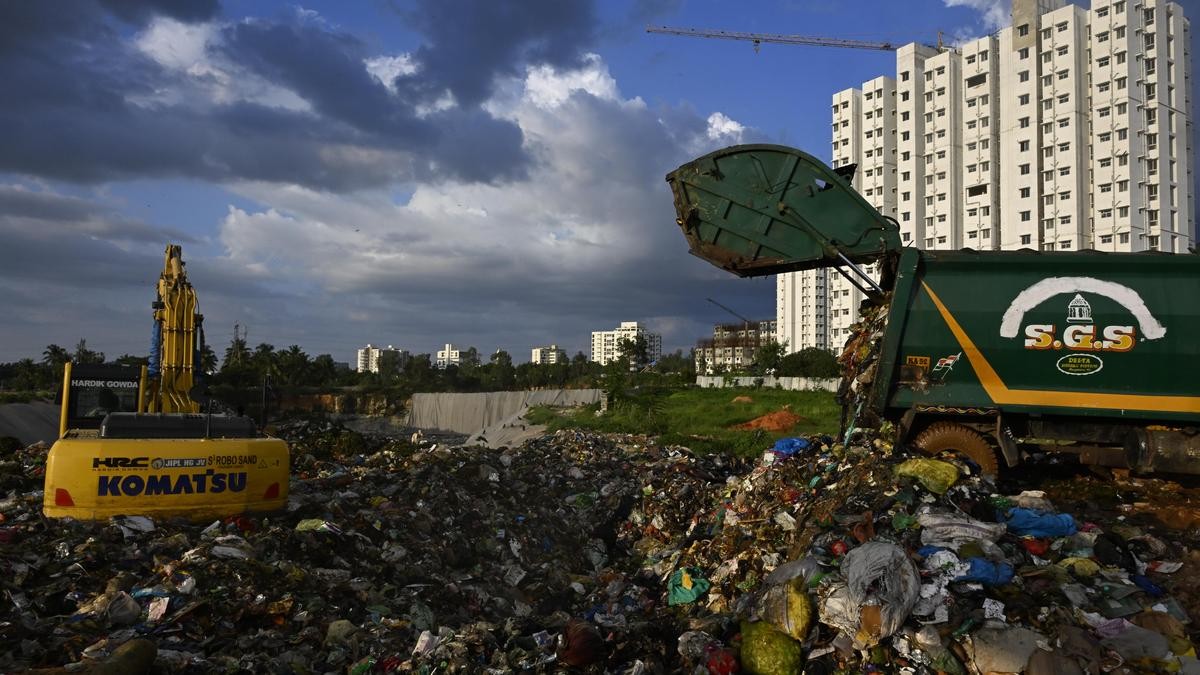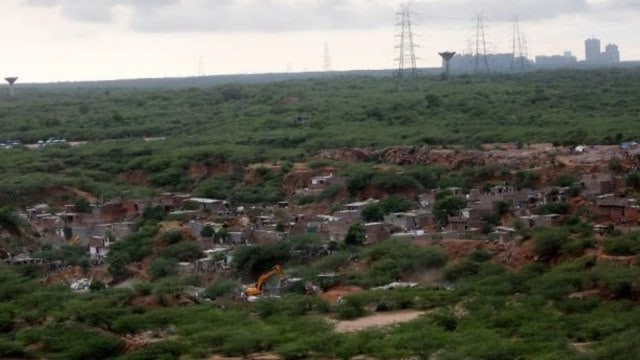



India's Ramsar sites have expanded to 89 with the inclusion of four new wetlands: Therthangal Bird Sanctuary, Sakkarakottai Bird Sanctuary, Khecheopalri Wetland, and Udhwa Lake. These sites are crucial for biodiversity, providing habitats for migratory birds, enhancing ecological health, and promoting wetland conservation efforts in India.

Disclaimer: Copyright infringement not intended.
Ahead of World Wetlands Day, four more wetlands have been designated Ramsar Convention sites, bringing the total number of globally recognized wetlands in the country to 89.
|
Sanctuary/Wetland |
Location |
Established |
Flora |
Fauna |
Significance |
|
Therthangal Bird Sanctuary |
Tamil Nadu |
Dec 15, 2010 |
Aponogeton rainfall, Hydicillata, Tamarindus Indica |
Various bird species |
Popular among bird watchers during migration (Oct-Mar) |
|
Sakkarakottai Bird Sanctuary |
Tamil Nadu |
Apr 17, 2012 |
Neem, Palmyra Palm, Gloriosa Superb |
Macaque, giant squirrels, migratory birds |
Protects avifauna and wetland ecosystems |
|
Khecheopalri Wetland |
Sikkim |
- |
- |
Home swifts, fishing eagles, dragon Brahmina |
Sacred for Buddhists and Hindus, part of Buddhist pilgrimage circuit |
|
Udhwa Lake |
Jharkhand |
1991 |
- |
Various migratory birds. Comprises two large water bodies: Pataura Jheel and Brahma Jamalpur Jheel. |
Located near the Ganga River, it enhances biodiversity and ecological significance |
Ramsar sites are wetlands that are referred to as international meaning. They are listed on the Ramsar list, the largest network of protected areas in the world. The Ramsar Convention, also known as the Convention on the Wetlands of International Importance, is an intergovernmental agreement to promote the protection and wise use of wetlands.
It is the only global contract that focuses on a single ecosystem. The Convention was adopted in the Iranian city of Ramsar. 2nd February 1971 and entered into force in 1975. The conference entered into force in India in 1982.
On February 2, it is celebrated every year as World Wetlands. Its secretariat is located in Gland, Switzerland.
|
Category |
Ramsar Site |
Location |
|
First Ramsar Sites (1981) |
Chilika Lake & Keoladeo National Park |
Odisha & Rajasthan |
|
Largest Ramsar Site |
Sundarbans |
West Bengal |
|
Smallest Ramsar Site |
Renuka Wetland |
Himachal Pradesh |
These wetlands are protected under various national laws, including:
|
Initiative/Program |
Year of Initiation |
Objective/Description |
|
Conservation and Management |
2017 |
Increased focus on wetland management from the Central Office to state authorities. |
|
Indian Wetlands Portal |
2021 |
Developed by the Ministry of Environment, Forest and Climate Change (MOEFCC), providing comprehensive information on Indian wetlands. |
|
Center for Protection and Management of Wetlands (CWCM) |
2021 |
Established on World Wetlands Day to enhance wetland conservation efforts. |
|
Program of Rejuvenation of Wetlands |
2020 |
MOEFCC initiative aimed at rejuvenating over 500 wetlands across India. |
|
Animal National Action Plan - Strong Animals (2017–2031) |
2017 |
Focuses on the preservation of inland ecosystems, including wetlands. |
|
AMRIT DHAROHAR |
2023-24 (Union Budget) |
Aims to optimize the use of wetlands over three years. |
|
Mission Sahbhagita |
Azadi Ka Amrit Mahotsav (2022) |
Encourages community-led participation in wetland protection and sustainable use. |
Source:
|
PRACTICE QUESTION Q. Discuss the key developments in wetland conservation in India in recent years. Highlight the role of policy frameworks, international conventions, and local initiatives in safeguarding wetlands. (150 words) |







© 2025 iasgyan. All right reserved